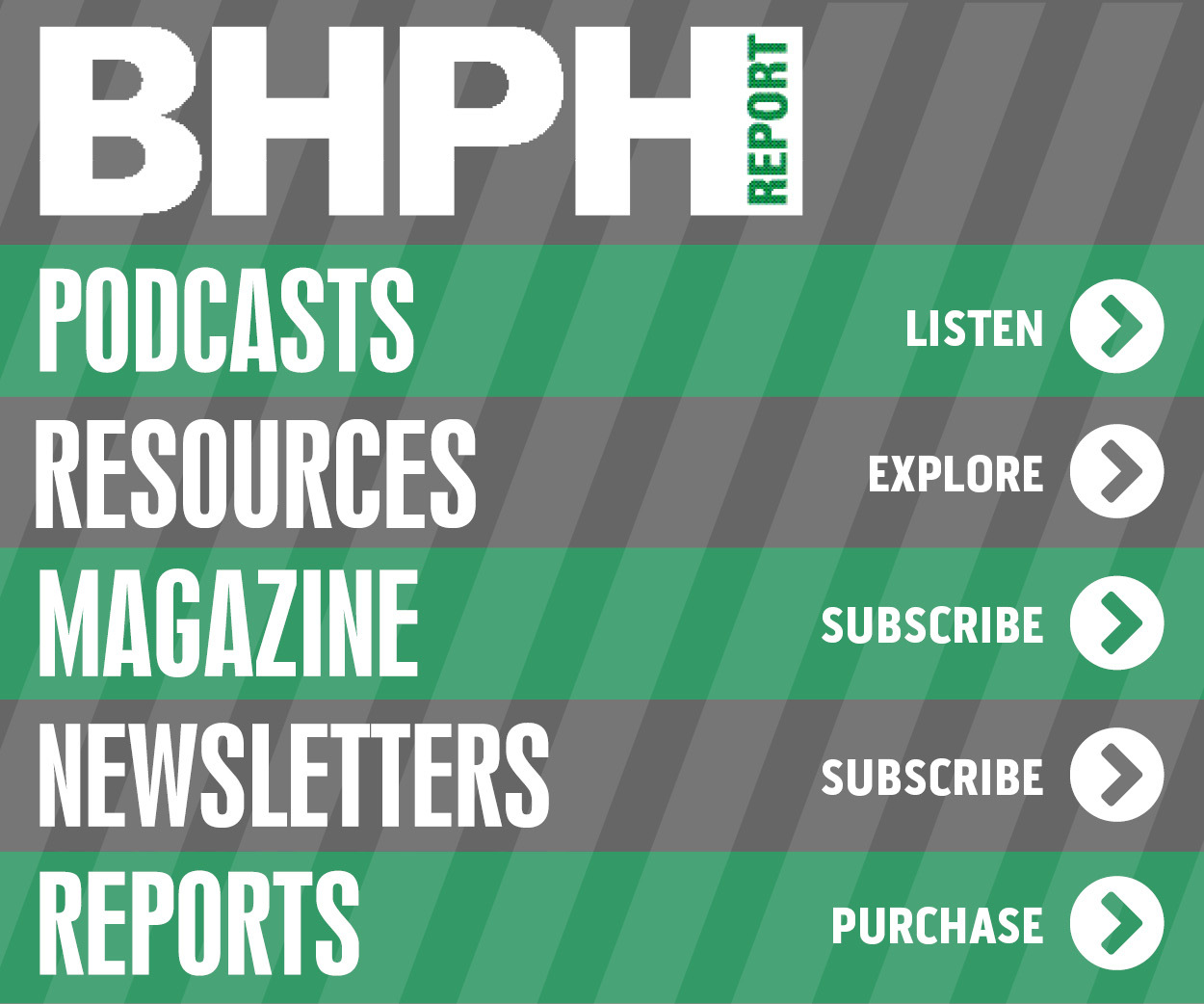Daughtry: Step-By-Step Guide To Adding More Lots

I bet when you first got into buy-here, pay-here and worked to grow your portfolio, you were watching every dollar and paying close attention to details. How many of us learned more from trial and error than other sources available, like the National Alliance of Buy-Here, Pay-Here dealers and 20 groups?
I hope you have experienced success and grown your operation to a point where you feel it is time to open a second store. Please stop and think about that for a while. Abraham Lincoln once said, “If I was told I had six hours to chop down a tree, I would spend the first four hours sharpening the axe.”
Of course, Honest Abe was talking about preparation.
I have spoken with many dealers that have tried unsuccessfully to keep open a second or third location and other dealers that now have a dozen or more stores they operate. What has made one group successful where the other has failed? Planning and preparation long before the ribbon cutting.
The two most important items you need to operate a successful multi-roof business is people and procedures. Long before you start looking at facilities, you should be grooming new managers. Are you hiring personnel with the thought of creating future managers in mind?
Step 1 – Training and Retaining Quality People
I realize that hiring is not the easiest part of what you do. But as you replace people in your organization, one thing that you should keep in mind is the following: Can the person sitting across from you become a responsible part of your operation and possibly a trusted manager for your company?
I believe you should hire integrity and character, and then teach the rest. You will probably hire a few “bodies” as you go to fill positions and keep things moving. But as you screen applicants, desiring to expand, you should work to find candidates you can groom as managers for the future.
My best hires generally came from referrals within our organization. The team I had together knew what we were looking for in new associates, which gave us more eyes and ears scouting for the people we wanted. I have hired someone that was a great fit in our operation, even though I didn’t really have an open position as we had fairly low turnover.
I have always used a coaching style of management with cross-training of most associates. I would teach each person as much as I could if they showed interest in learning our operation beyond just doing the job for a paycheck. The right team members would work in different positions, attend management meetings and learn everything about profit, loss, operations and how we made each decision.
Step 2 – Having a Plan
The next item you need to have for a successful expansion, along with a proper customer management system (another subject), is detailed procedures. You need to sit down and create a complete set of specific written procedures for each step of each action taken by each position in your organization.
This is not an easy task. You will need to define roles (not positions) within your operation, such as cashier, detailer, title clerk, closer and so on. Even if one person in your operation performs tasks that fall under different roles you would still specify each task for each role you have.
For example, if your cashier also handles soft call collection duties and deals with insurance updates, those are separate tasks for different roles within your operation. Define each function for a cashier, for example, taking payments.
For each method you receive money — cash, checks, debit cards by phone or online — you would specify the steps taken by the role of cashier to handle each of those transactions (cash payment, online payment etc.) being very specific about each step, even though some details repeat, there will be differences for each task. You would use the same method for closing the cash drawer and doing a bank deposit, even if the task is small and only requires a few words to properly describe how you want that procedure carried out.
By creating very specific procedures for all the tasks in your operation and practicing them consistently within each “store”, you will be able to move people around, provide consistent training and have managers (or yourself) that can walk into one location from another, understanding what should be taking place and knowing how to correct issues they see.
Step 3 – Staying Consistent
There are many other consistent facets of having successful locations, which are also important. You need a very good monitoring process that is diligently watched by yourself or your management team. Generally, your controller or operations manager (again roles, not positions) should be monitoring several metrics on a daily basis with the leadership team (could just be you), getting regular updates on trends that develop over a week to 10-day stretch based on your operations historical data. There should be long and short-term goals set with specific results and timelines established so productivity is measured and corrections made quickly.
You have worked hard to be in a position to begin expanding your operation. When I typed that line I almost made another error I have been told about: expanding is not duplicating. One thing I have learned from some successful operators is that you cannot assume you will be able to exactly duplicate your existing store over and over.
Each location will be unique due to the specific market, personnel and facility you chose. Each city, county and state will have different regulations or ordinances you will have to work with that could affect how one store differs from the other. You could have a central location with satellites, or you may not be able to offer the exact services in each location. Point being is to understand the need to be flexible from store-to-store, while maintaining your procedures for each task.
A wise man once told me that “growth is ugly”, and man was he right! If you have chosen good people to help you with the growth of your business and you have been specific with each procedure for all tasks that happen within your business, you will be able to control the “ugly” much better than throwing another store together because you found a location.
Without real planning and preparation, hoping to “fix it as you go” can get really ugly.
Gene Daughtry is an experienced trainer and consultant specializing in BHPH/LHPH dealership operations. Daughtry now is director of BHPH operations for PLS Financial and has begun a multistate project of building new BHPH dealerships in several states. He has 17 years of BHPH experience. Follow Gene Daughtry on LinkedIn, go to his website www.dealers411.net, email him at gene@dealers411.net or call (479) 970-4049 if you have questions.


